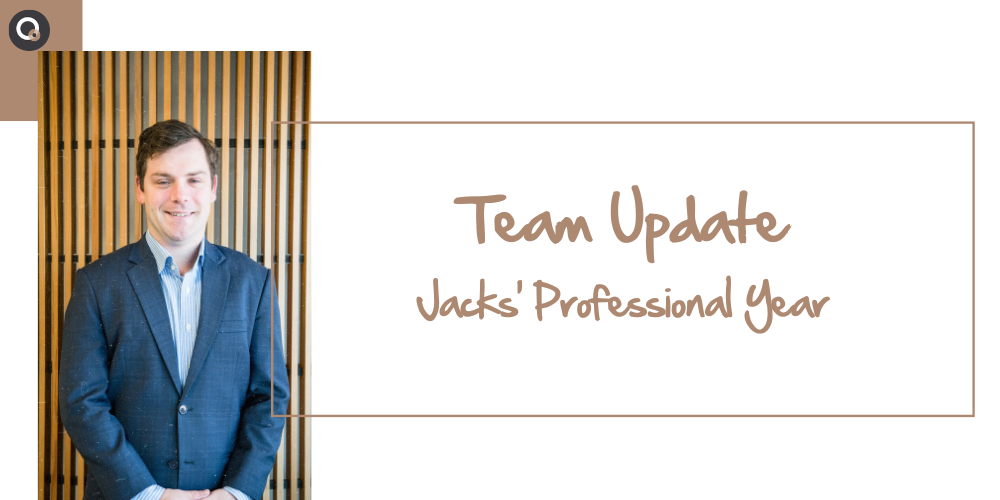A risk profile considers your goals and investment timeframe. It helps us tailor a strategy that works for you today whilst building you the financial future you want.
As time goes by, our attitudes towards risk can change, so it’s important to review your risk profile regularly to ensure you have clarity about your financial future. You may find that you want to take more chances with your investments to achieve higher growth, or perhaps you’re nearing retirement age and would like a more stable portfolio. There is no one-size-fits-all approach to risk, and it’s important to ensure that you’re comfortable with the level of risk you’re taking.
With the right strategy in place, you can enjoy the lifestyle you want today and retire comfortably when the time comes. It’s never too early to start planning for retirement, so know your risk profile and take control of your financial future today.
How to use your risk profile
A risk profile is more than just ticking boxes or categorising clients for portfolio management. It’s a strategic tool that serves as a reference point for achieving financial goals over time. It can also assist us to facilitate deeper conversations to develop the most suitable strategy for you.
Growth vs Defensive Assets
Investing is complex, and understanding the basics of risk profiles and investment assets is essential. Defensive assets offer stability and a steady income and are usually considered low risk, whereas growth assets offer the potential for capital growth but come with higher risk. It’s important to note that there is no right or wrong risk profile.
Everyone’s needs and level of comfort with risk vary greatly, and finding the right investment strategy to suit your needs is crucial. So, take the time to understand your risk tolerance and investment needs before making any investment decisions. A personalised approach is key to maximising your investment opportunities and achieving your financial goals.
Types of risk profiles
There are many categories of risk profiles, from conservative to aggressive, each with different levels that consider variables such as age, financial goals, and investment experience. Your investment horizon is the time you may expect to hold investments in your portfolio, and this is also an important factor in determining your risk profile.
Below is a quick snapshot of some different types of risk profiles to illustrate how they help to guide your strategy. But it is important to note that risk profiles are just one of the tools we use to tailor a financial strategy, and we encourage you to have a chat with an Adviser before making any financial decisions.
Cash
This may be suitable for risk-averse investors with a shorter investment timeline, or if you prefer to play it safe with minimal risk. The return is similar to cash rates, but the risk is very low.
Defensive
Typically suited to those with a low tolerance for risk who are looking for better returns than cash, and who are willing to leave their money invested for a minimum of three years.
Conservative
If your main focus is protecting your money and you prefer to avoid unnecessary risks, you may fall into the category of a conservative investor. You’re happy with steady and moderate gains over time.
Moderate
This approach is more suited for those with moderate risk tolerance and who are prepared to invest for at least three years. This strategy is designed to provide a mix of income and growth with a well-diversified portfolio. This strategy offers the potential for higher returns than the portfolios dominated by defensive assets, while also keeping volatility in check.
Balanced
if you have a moderate risk tolerance and want more growth than income, you may consider a balanced portfolio. This strategy is a blend of defensive and growth assets and is designed to position you for market growth while protecting against major losses. This strategy is long-term and more suited for those who are willing to leave their money invested for more than five years.
Growth
A growth investor wants to achieve gains while shielding their assets with some defence. This strategy is focused on long-term growth and is more suited to those willing to invest their funds for at least seven years and are willing to take on moderate to high levels of risk.
High Growth
This investment option is geared towards individuals with a long-term investment horizon. Generally, this suits those willing to invest their funds for at least seven years and have a high risk tolerance.
Creating a path forward
Understanding the most suitable path forward can be overwhelming, but understanding your goals and your options is key to feeling more confident about where you are headed. We often see unadvised people invested either too aggressively or not aggressively enough. The key takeaway with risk profiling is to ensure the profile chosen is in line with your investment timeframe.
Chat with our team today about how we can help you achieve your financial goals!




